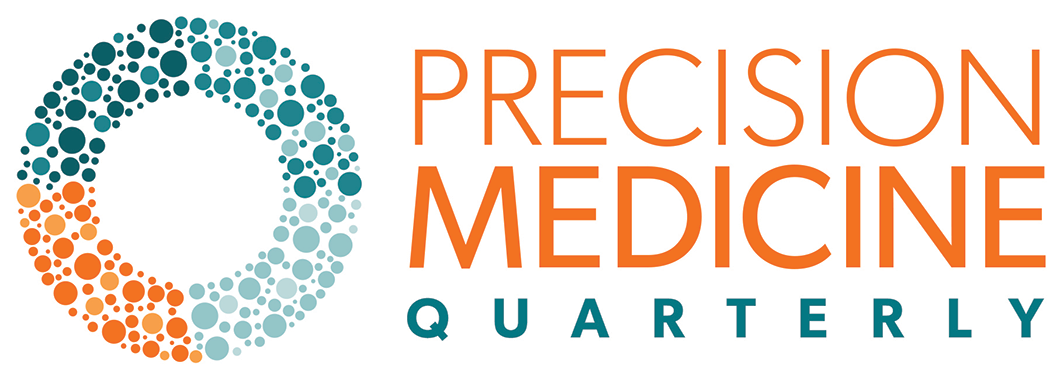An artificial intelligence tool paired with a polygenic risk score (PRS) can quantify steps for patients to take to curb their inherited risk of coronary artery disease, according to late-breaking clinical trial results shared Sunday at the American College of Cardiology (ACC) and World Congress of Cardiology’s annual scientific meeting.
Study authors from the University of Cambridge in the UK plan to make the AI tool available as an online app, through which clinicians across the globe can calculate their patients’ inherited risk of heart disease and receive personalized targets for how much patients with high-risk scores would need to lower low-density lipoprotein (LDL) cholesterol and systolic blood pressure levels to get their risk to the same level as patients with an average-risk score. The online app, which they plan to launch after publication of a manuscript on the study, won’t be restricted to physicians; anyone can use it to learn their risk for heart disease and receive personalized LDL cholesterol and systolic blood pressure targets.
There’s a great deal of interest in using PRS to inform patient care, Brian Ference, director of translational therapeutics at the University of Cambridge and the study’s lead author, said during a late-breaking clinical trial session at the ACC/WCC meeting.
“A polygenic score combines information on up to millions of genetic variants into a single score,” he said. “However, by combining all of the variants and all of the pathways leading to cardiovascular disease into a single metric, a polygenic score does not provide any specific information about why a person is at risk, how to minimize that risk, or how much they’ll benefit from specific actions to reduce risk.”
To address this limitation, Ference and colleagues created a PRS to gauge patients’ inherited risk for heart disease and paired it with an AI tool designed to address the modifiable drivers of risk. The score comprises more than 4 million variants to assess patients’ lifetime risk for major coronary events including fatal or nonfatal heart attacks and coronary revascularization. The AI tool drew information from prior trials to calculate how much patients in various polygenic risk categories would need to reduce LDL cholesterol and systolic blood pressure to lower their risk of cardiovascular disease.
The researchers tested the tools on data from participants in the UK Biobank by calculating PRS for 445,774 patients of European descent and applying the AI tool to determine target LDL cholesterol and systolic blood pressure levels for patients with higher-than-average risk scores. Researchers then compared the AI-based estimates against actual LDL cholesterol and systolic blood pressure levels observed among patients with coronary events and various PRS.
The retrospective analysis suggested that the vast majority of patients would be able to attenuate their inherited risk for heart disease by adopting relatively modest lifetime reductions in LDL cholesterol or systolic blood pressure. Even patients at very high risk for coronary artery disease could have good clinical outcomes by improving those modifiable risk factors, according to the study’s findings. However, when patients waited later in life to make these changes, they needed to reduce LDL cholesterol and systolic blood pressure levels more aggressively to reduce their risk of heart disease.
Still, the results suggest that a higher-than-average PRS can be “easily overcome with a few millimeters of mercury lower blood pressure or a few milligrams per deciliter lower LDL,” Ference said. For example, the AI estimated that for a patient to overcome a PRS in the 80th percentile, they would need to lower their LDL cholesterol by 14.6 milligrams per deciliter, systolic blood pressure by 5.1 millimeters of mercury, or a combined change of 7.3 milligrams per deciliter and 2.5 millimeters of mercury.
Ultimately, the study demonstrates how AI can be used to increase the utility of PRS. “Causal AI can translate polygenic scores into clinically useful information by estimating how much each person must lower their LDL, blood pressure, or both, to overcome their polygenic predisposition,” Ference said. His team will begin a real-world trial to assess whether the AI tool can help to reduce the risk of coronary artery disease later this year.
Although this study used polygenic risk scores to estimate inherited risk of heart disease, Ference noted that family history of coronary artery disease is an independent and usually much stronger predictor of major coronary events than PRS. In fact, a patient with a strong family history of the disease is akin to having a PRS in at least the 95th percentile. He suggested combining PRS with family history would provide a more comprehensive picture of inherited risk.
PRS and AI tools as applied in this analysis may improve communication with patients about how to manage their disease risk, Ami Bhatt, chief innovation officer at ACC and an associate professor at Harvard Medical School, observed during a discussion of the study findings at the meeting. Such tools enable clinicians to not only tell patients that they are at risk, Bhatt said, but also provide patients with specific steps they can take to improve their health based on their unique data.
“Engaging our patients with agency, explaining to them that there is something specific about themselves, and that there is only this much that they need to do to make [their condition] better — that is a different way of talking to patients,” Bhatt said. “That approach to being able to speak with our patients is really empowering.”




